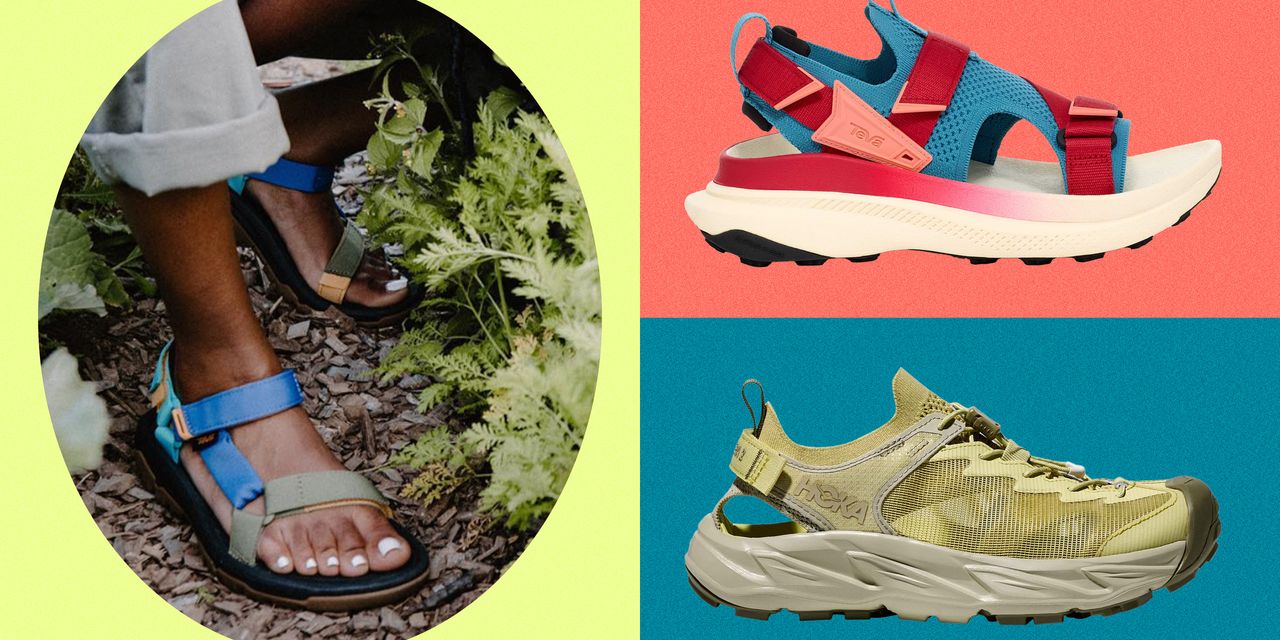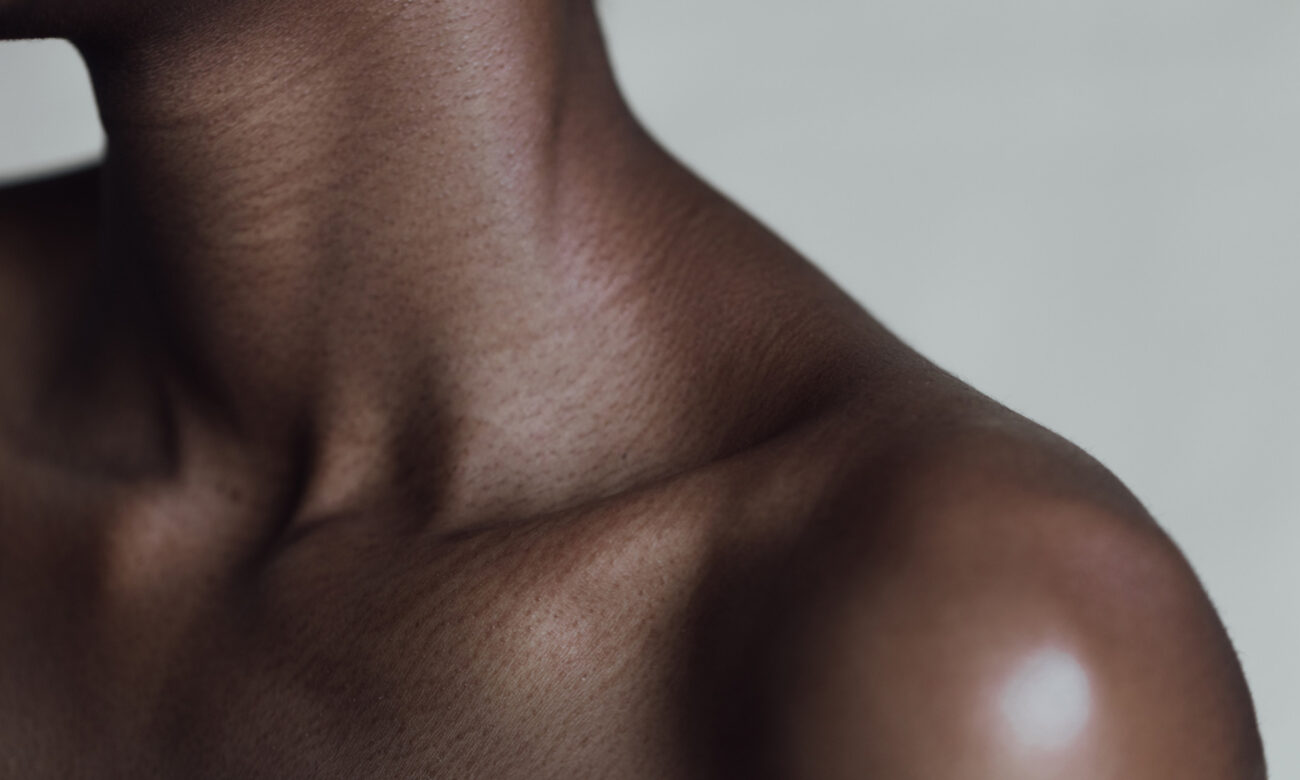Blog
Here’s How to Treat an Infected Ear Piercing, According to Experts

As fun as it can be to get a new piercing, following your professional piercer’s tips for proper care afterward is seriously important to prevent an infected ear piercing. Whether you’re adding a new piece of jewelry to your earlobe or it’s your very first time getting pierced, there’s always a risk of infection, especially if you mess with the healing process.
With popular piercings like snakebites, helix, and conch piercings not going anywhere, showing off your personality with a customized earscape is exciting. As you collect more and more piercings, remembering to take good care of each piercing site will help you out in the long run.
After doing your research and picking out a piercer you trust, making your appointment, and doing the most exciting part (getting your new ear piercing!), don’t forget to ask the piercer how to take care of your new bling. Remember: It is an open wound, so you want to take care of it the same way you would a cut or scrape (read: no dirty hands, treat gently).
Even if you follow all the instructions to a tee, infections can happen. If you’re experiencing prolonged tenderness, swelling, discharge, warmth, or redness, these are all signs that you may have an infection, says Rebecca Marcus, MD, a dermatologist in Dallas and founder of Maei MD.
To figure out the difference between the regular side effects of a new piercing, an infected ear piercing, and an allergic reaction, we tapped a derm and a piercing expert. Read on for their advice and treatment tips.
What are some signs that an ear piercing is infected?
First things first: If you just got a piercing, it’s going to be a little red, painful, and swollen. After all, you did just put a new hole in your body. So even if you’re seeing some clear drainage, it could just be part of the new piercing process, explains Sarah Lacy, BSN, RN, senior manager of piercing research and innovation at Rowan, a piercing studio led by nurses. The draining may even cause a little bit of crusting, but this is usually normal.
“Everybody heals differently, but generally, you can expect these symptoms to subside on their own within one to three days,” Lacy says. Remember, cartilage piercings take longer to heal than earlobe piercings, so it may be a slightly slower process. When you first get your ears pierced, you’ll want to follow a regimented home-treatment plan of rinsing the piercing with sterile saline and washing very carefully with a gentle cleanser and warm water. Piercers often recommend brands like CeraVe or Cetaphil to get the job done.
What are some signs of infection to take note of? If the drainage is yellow or green in color, or if the other symptoms don’t resolve quickly, there’s cause for concern. Dr. Marcus says that in some cases you could even experience a fever.
What’s the difference between an infected ear piercing and an allergic reaction?
“Allergic reactions tend to present more as scaly, itchy skin with or without swelling,” explains Dr. Marcus. Allergies are “rare, especially when using gold or surgical stainless steel earrings during the healing period.” Lacy adds that most allergic reactions are caused by nickel sensitivity. She recommends looking for jewelry that’s labeled as hypoallergenic and nickel-free.
How long will my new ear piercing take to heal?
For the most part, the first year after you get a piercing is when it’s most vulnerable to becoming infected. This is because it can take up to a year to fully heal, depending on the area you got pierced. Lobe piercings tend to heal more quickly than cartilage ones. Even if your piercing looks or feels completely healed on the outside, continuing to taking proper care of it for as long as your piercer recommends is key to keeping skin infections at bay.












